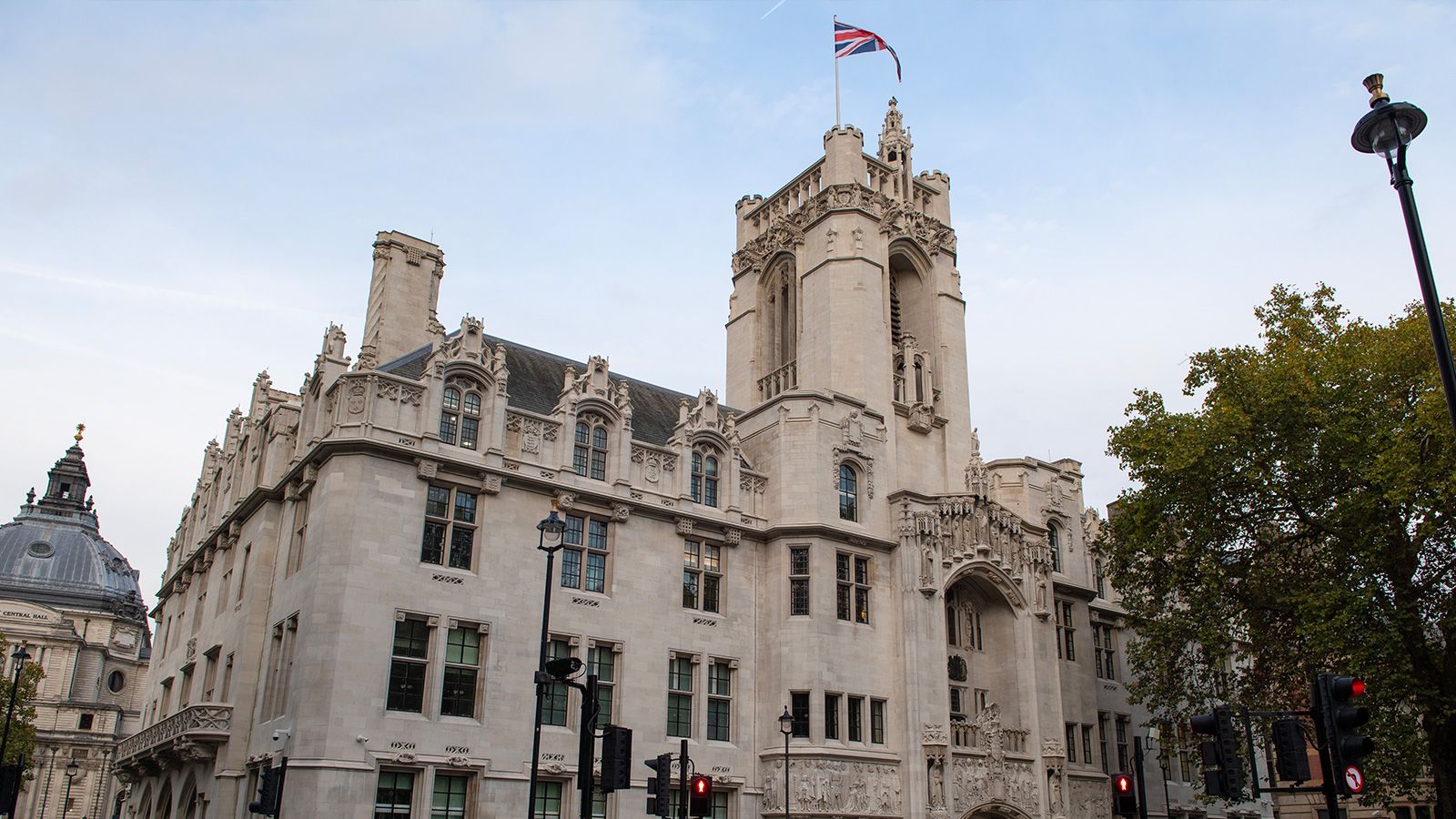
When the UK Supreme Court issued its unanimous ruling in For Women Scotland Ltd v The Scottish Ministers, it didn’t merely wade into a political minefield. It walked straight through it, head high, and came out the other side with something rare in today’s legal landscape: a decision grounded entirely in statutory clarity, not emotional chaos.
A Case That Cut Through the Noise
The case concerned whether the Scottish government could reinterpret the meaning of “woman” in legislation implementing public sector equality duties, in a way that included men who identify as women and hold a Gender Recognition Certificate (GRC). This directly challenged the Equality Act 2010, a reserved UK-wide law.
The Court’s Key Holding on Sex
In no uncertain terms, the UK Supreme Court said no. As the Court held:
“The meaning of the terms ‘sex’, ‘man’ and ‘woman’ in the Equality Act 2010 is biological and not certificated sex. Any other interpretation would render the Equality Act incoherent and impracticable to operate.”
That quote is the backbone of the judgment—and it should be the end of the debate for anyone who cares about how law is supposed to function.
This Was About Statutory Logic, Not Identity Politics
Let’s be clear: this decision was not a referendum on identity, feelings, or social recognition. It was a pure exercise in statutory interpretation. The Equality Act 2010 distinguishes between the protected characteristics of “sex” and “gender reassignment.” To allow the two to collapse into each other would make the statute—particularly its provisions on single-sex services, occupational requirements, and communal accommodations—legally incoherent. That’s not a political stance. It’s just logic.
Trans Rights Remain Protected — But Separate
Nor did the Court deny legal dignity to trans individuals. Trans status remains protected under the characteristic of gender reassignment. But the ruling clarifies that a GRC does not rewrite the meaning of sex in legislation that Parliament passed with biological distinctions in mind.
Respecting the UK’s Constitutional Structure
Another important dimension: constitutional structure. The Equality Act is reserved to Westminster. The Scottish government cannot reinterpret it through ministerial guidance. If Scotland wants to change how sex is defined in law, it must legislate—and challenge the division of powers. It can’t smuggle meaning into a UK statute through policy gloss.
Law Means What It Says — Or It Means Nothing
That’s the real story here. Not bigotry. Not backlash. Just a court doing what courts were always meant to do: interpret statutes faithfully, apply them rationally, and leave political revision to the legislative branch.
Final Thoughts: Meaning Must Be Defended
There are many open debates worth having about gender and law. But those debates belong in Parliament, not slipped silently into guidance documents. In that light, the UK Supreme Court didn’t just reach the right outcome—it upheld the entire idea of legal meaning.
Written by Jason Ostendorf, a Maryland appellate lawyer focused on civil, criminal, and family appeals. He is also the author of Nonbinary, a heart-racing thriller about AI and identity.
Image Credit: UK Supreme Court
 Law Office of Jason Ostendorf LLC
Law Office of Jason Ostendorf LLC